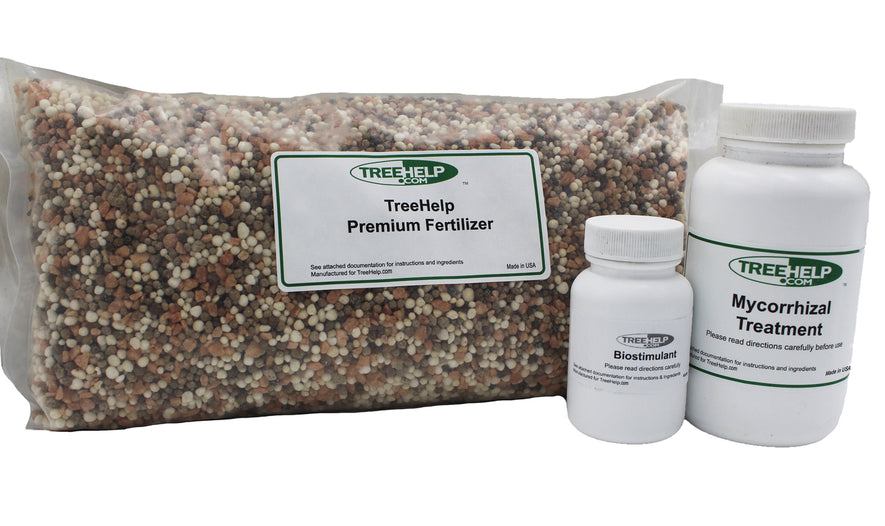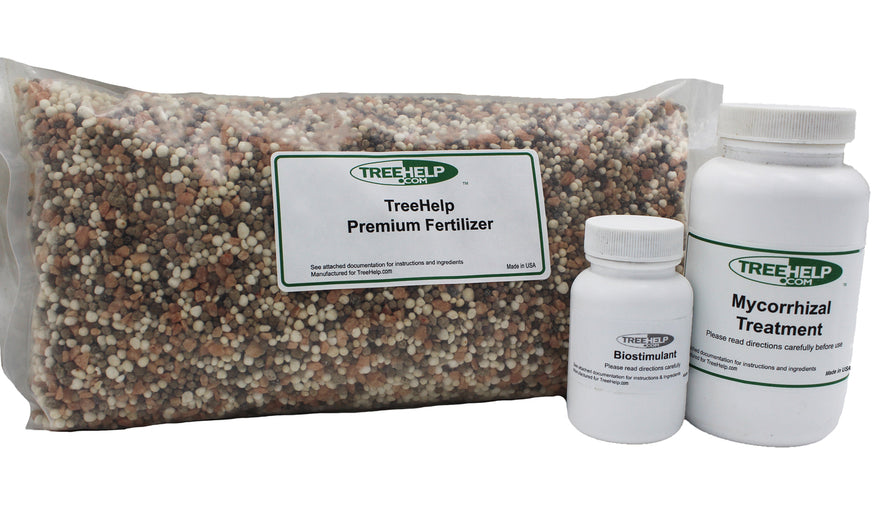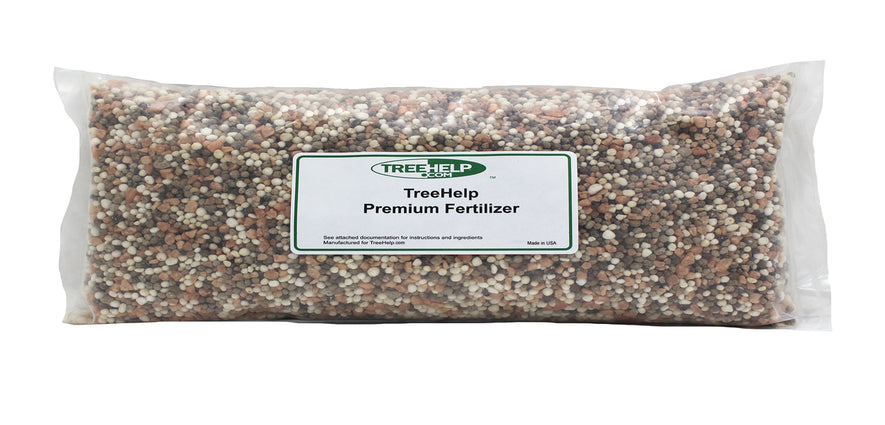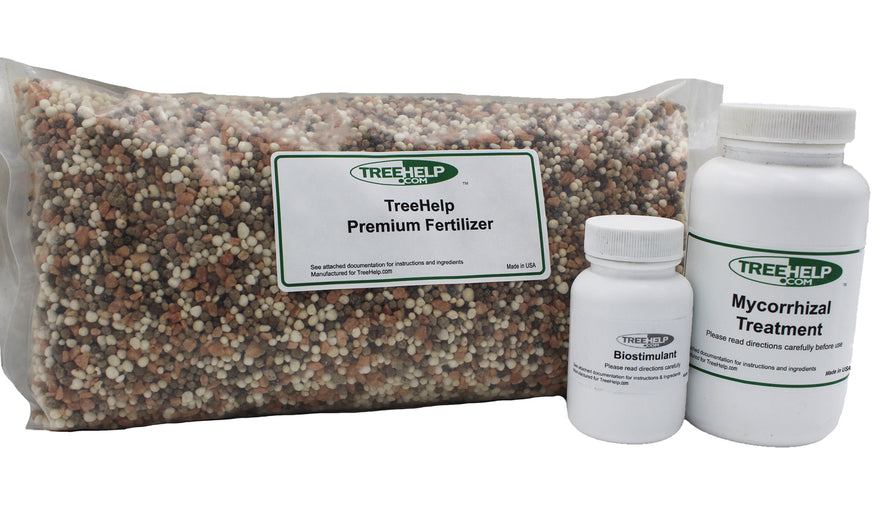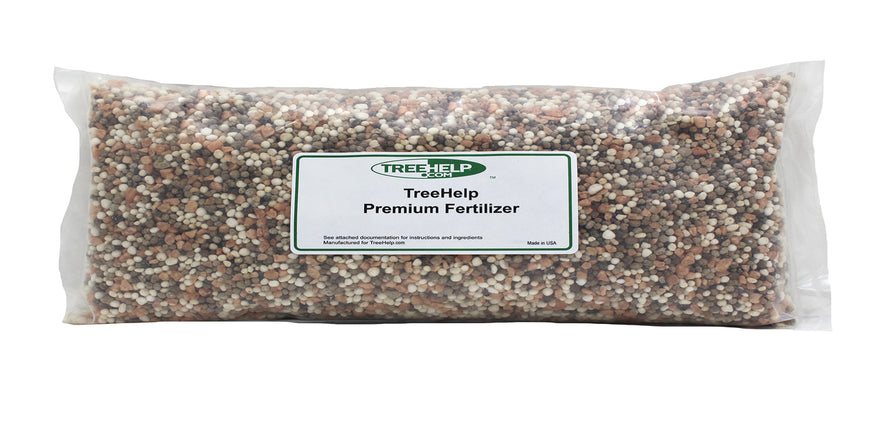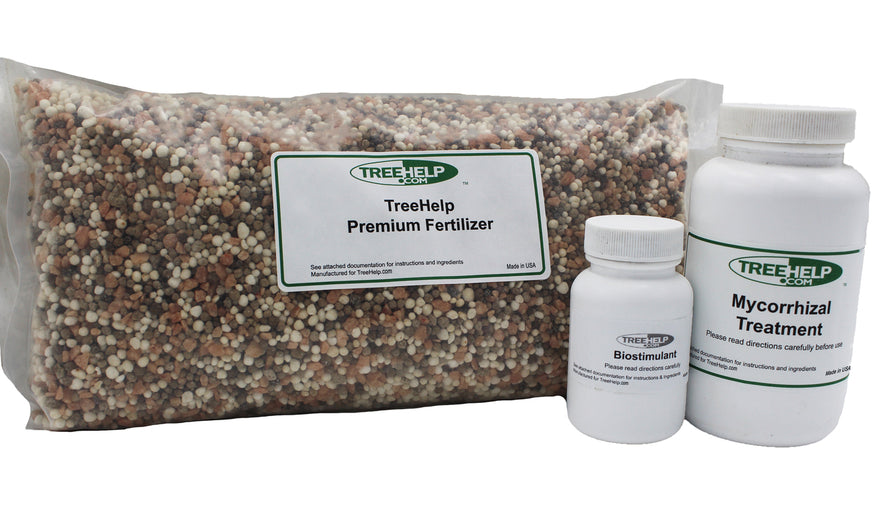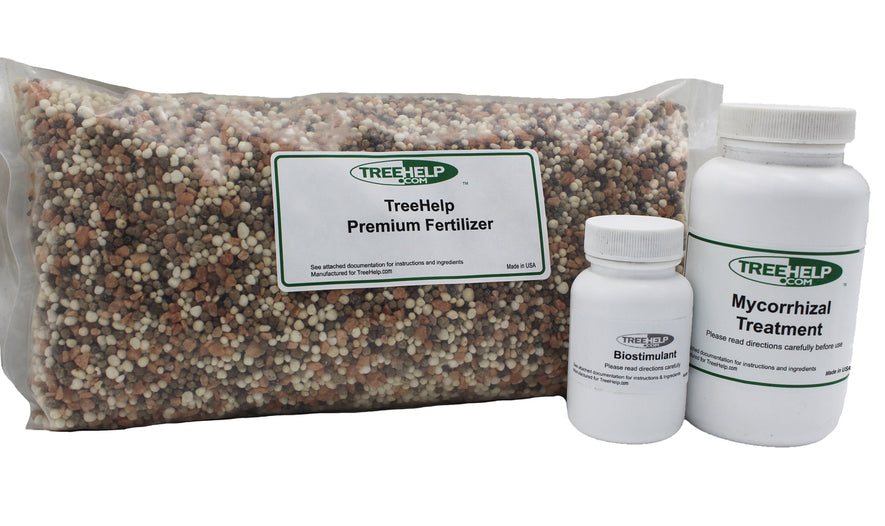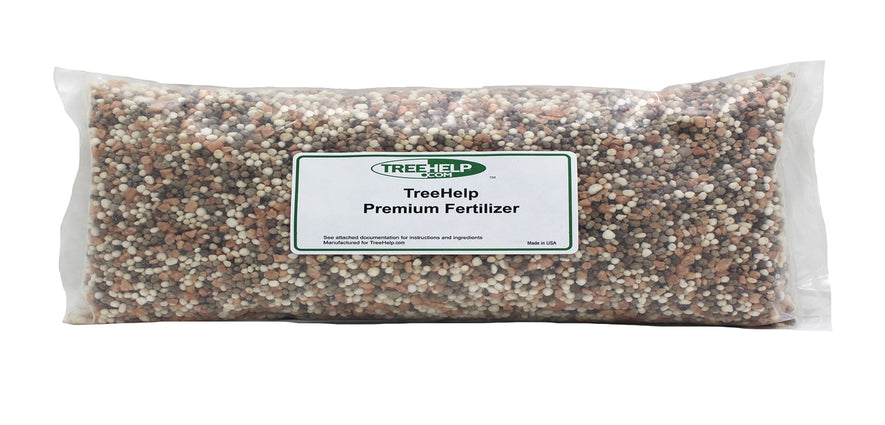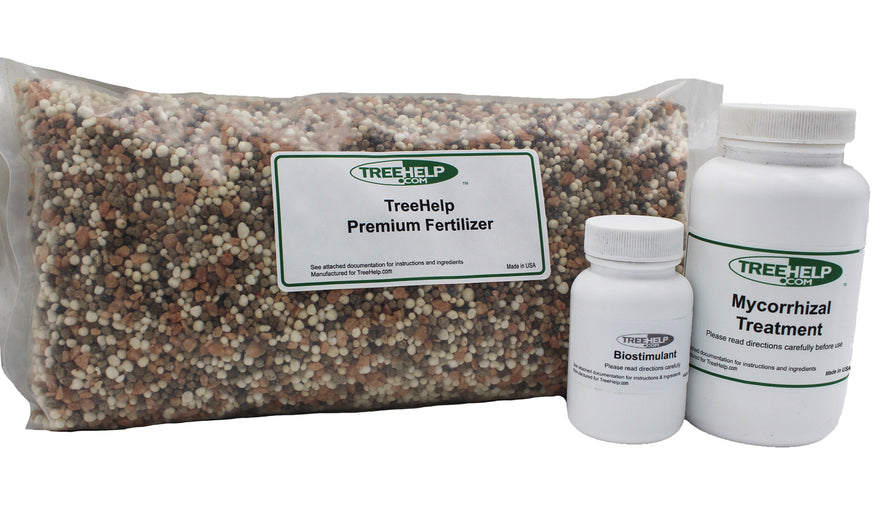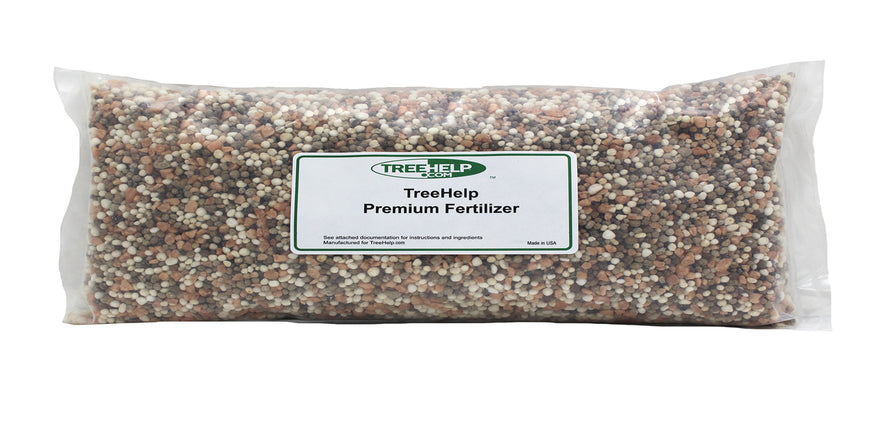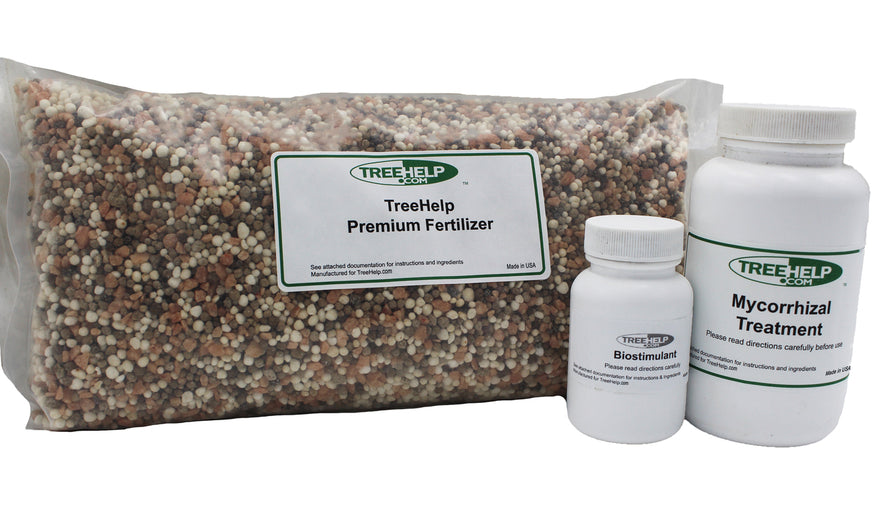-
TreeHelp Annual Care Kit: Cherry Proudly Made in the USA TreeHelp developed easy-to-use Annual Care Kits to help homeowners maintain healthy and vibrant Cherry trees....
- Regular price
- $33.95
- Regular price
-
- Sale price
- $33.95
- Unit price
- per
-
Garden Phos with Pentra Bark Not Available for Sale in Canada Includes:1 x 0.25 Gallon of Garden-Fos1 x 1.6 oz bottle of Pentra-Bark Garden-Fos and...
- Regular price
- $44.95
- Regular price
-
- Sale price
- $44.95
- Unit price
- per
-
TreeHelp Annual Care Kit: Aspen Proudly Made in the USA TreeHelp developed easy-to-use Annual Care Kits to help homeowners maintain healthy and vibrant Aspen trees....
- Regular price
- $33.95
- Regular price
-
- Sale price
- $33.95
- Unit price
- per
-
TreeHelp Annual Care Kit: Redwood Proudly Made in the USA TreeHelp developed easy-to-use Annual Care Kits to help homeowners maintain healthy and vibrant Redwood trees....
- Regular price
- $33.95
- Regular price
-
- Sale price
- $33.95
- Unit price
- per
-
TreeHelp Annual Care Kit: Spruce Proudly Made in the USA TreeHelp developed easy-to-use Annual Care Kits to help homeowners maintain healthy and vibrant Spruce trees....
- Regular price
- $33.95
- Regular price
-
- Sale price
- $33.95
- Unit price
- per
-
TreeHelp Annual Care Kit: Apple Proudly Made in the USA TreeHelp developed easy-to-use Annual Care Kits to help homeowners maintain healthy and vibrant apple trees....
- Regular price
- $33.95
- Regular price
-
- Sale price
- $33.95
- Unit price
- per
-
TreeHelp Annual Care Kit: Arborvitae Proudly Made in the USA TreeHelp developed easy-to-use Annual Care Kits to help homeowners maintain healthy and vibrant Arborvitae trees....
- Regular price
- $33.95
- Regular price
-
- Sale price
- $33.95
- Unit price
- per
-
TreeHelp Annual Care Kit: Lilac Proudly Made in the USA TreeHelp developed easy-to-use Annual Care Kits to help homeowners maintain healthy and vibrant Lilac trees....
- Regular price
- $33.95
- Regular price
-
- Sale price
- $33.95
- Unit price
- per
-
TreeHelp Annual Care Kit: Willow Proudly Made in the USA TreeHelp developed easy-to-use Annual Care Kits to help homeowners maintain healthy and vibrant willow trees....
- Regular price
- $33.95
- Regular price
-
- Sale price
- $33.95
- Unit price
- per
-
TreeHelp Annual Care Kit: Elm Proudly Made in the USA TreeHelp developed easy-to-use Annual Care Kits to help homeowners maintain healthy and vibrant Elm trees....
- Regular price
- $33.95
- Regular price
-
- Sale price
- $33.95
- Unit price
- per
-
TreeHelp Annual Care Kit: Boxwood Proudly Made in the USA TreeHelp developed easy-to-use Annual Care Kits to help homeowners maintain healthy and vibrant Boxwood trees....
- Regular price
- $33.95
- Regular price
-
- Sale price
- $33.95
- Unit price
- per
-
TreeHelp Annual Care Kit: Citrus Proudly Made in the USA A complete do-it-yourself care package to maintain healthy and beautiful citrus. This kit is designed...
- Regular price
- $33.95
- Regular price
-
- Sale price
- $33.95
- Unit price
- per
free shipping on most orders over $125 - $7.95 FLAT RATE ON ALL OTHER ORDERS!


